Are excavator buckets universal?
Excavator buckets are not universal. While the concept of a bucket remains consistent across different machines, these attachments are specifically designed to match the unique specifications of different excavator models, sizes, and applications. Universal compatibility isn't possible due to variations in attachment mechanisms, hydraulic systems, and operational requirements.
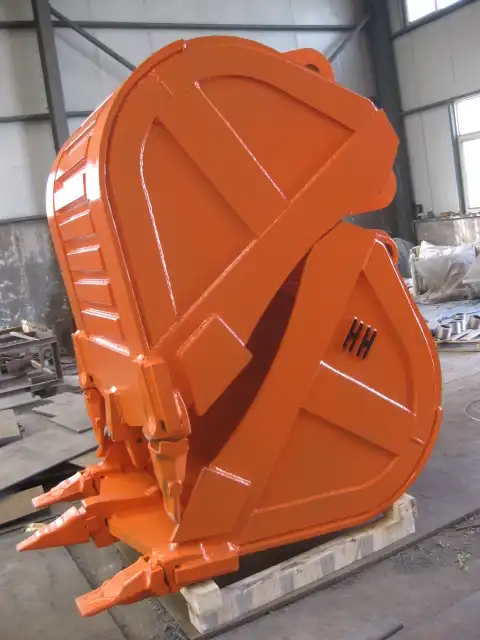
Are All Excavator Buckets the Same?
Excavator Buckets Types
Excavator buckets come in numerous variations designed for specific tasks and working conditions. The standard general-purpose bucket is commonly used for everyday digging and loading operations in relatively soft materials. For more challenging environments, rock buckets feature reinforced construction with additional wear plates and specialized teeth patterns to handle abrasive materials like stone and compacted soil.
Specialized excavator bucket designs include trenching buckets, which are narrower for creating precise trenches; ditching buckets with a wide, flat design for grading and clearing ditches; and skeleton buckets with openings that allow liquid to drain while retaining solid materials. For demolition work, heavy-duty buckets with extra reinforcement help manage concrete and construction debris, while cleanup buckets with smooth cutting edges are ideal for final grading and landscaping applications.
Beyond these common types, the industry offers numerous specialized buckets including mud buckets for wet conditions, tilt buckets with hydraulic rotation capabilities for precise grading, and screening buckets that separate materials by size. This diverse range demonstrates why universality is impossible - each type addresses specific operational challenges and material characteristics.
Variations in Size and Capacity
Excavator buckets exhibit significant size and capacity variations to accommodate different machine sizes and project requirements. Bucket capacity typically ranges from 0.1 cubic meters for mini excavators to over 5 cubic meters for large mining machines. This dramatic range highlights why universal compatibility isn't feasible - what works for a compact excavator would be wholly inadequate for heavy mining operations.
Size considerations extend beyond simple volume measurements. Its width directly impacts digging efficiency and stability. Narrower buckets provide greater penetration force and precision for targeted excavation, while wider designs maximize material collection in a single pass. Depth dimensions also vary considerably based on application needs - some operations require deep digging capabilities while others prioritize shallow but wide collection.
Weight represents another critical variable, as each excavator has specific lift capacity limitations. Using an oversized bucket can overtax the machine's hydraulic system and compromise stability. Conversely, an undersized bucket reduces operational efficiency. These dimensional and capacity variations demonstrate why excavator buckets must be carefully matched to both machine specifications and job requirements rather than adopting a universal approach.
Materials and Construction Differences
The materials and construction methods used in bucket manufacturing vary substantially based on application demands and expected wear conditions. Standard buckets typically utilize medium-strength steel for general-purpose work, while specialized buckets for demanding environments incorporate high-carbon, wear-resistant alloys that significantly enhance durability and service life.
Construction techniques also differ markedly across bucket types. Heavy-duty applications require reinforced designs with additional wear plates strategically positioned at high-impact points. The cutting edge - the portion that contacts the ground directly - may feature replaceable teeth, continuous edges, or specialized serrations depending on the intended use. Welding techniques vary in complexity, with high-stress applications demanding multi-pass welds and heat treatments to prevent fatigue failures.
What Bucket Will Fit My Excavator?
Matching Buckets to Excavator Models
Determining the correct excavator bucket for your specific machine requires careful consideration of several technical compatibility factors. The attachment system represents the most fundamental compatibility requirement - excavators use various connection mechanisms including direct pin-on connections, quick couplers (hydraulic or mechanical), and proprietary attachment systems. Each system has unique dimensional and structural specifications that must be precisely matched.
Weight rating compatibility is equally crucial. Every excavator has a maximum lifting capacity based on its hydraulic system capabilities and structural design. Exceeding this rating with an oversized bucket can damage hydraulic components, compromise stability, and create dangerous operating conditions. Manufacturers provide detailed specifications regarding appropriate bucket weights for each machine model and boom configuration.
Hydraulic compatibility must also be considered for specialized buckets with integrated hydraulic functions like rotation or grappling capabilities. The excavator must provide adequate hydraulic flow and pressure to power these functions, and the hydraulic connections must physically match. Additionally, the machine's control system must accommodate the additional hydraulic circuits required. These technical requirements illustrate why excavator buckets cannot be universally interchanged across different machine models and brands.
Consideration of Job Requirements
Beyond equipment compatibility, selecting the appropriate excavator bucket demands thorough analysis of the specific job requirements. Material density significantly influences bucket selection - excavating dense materials like clay or rock requires different bucket designs than handling lighter materials like soil or sand. Using an inappropriate bucket for material density can result in overloading, reduced efficiency, or premature wear.
Production targets also guide bucket selection decisions. Higher-volume operations might benefit from larger buckets that maximize material moved per cycle, while precision work often requires smaller buckets that offer greater control. Site constraints like trench width requirements, working depth limitations, or clearance restrictions may necessitate specialized bucket dimensions or configurations.
Environmental conditions represent another critical consideration. Working in abrasive materials demands reinforced buckets with wear-resistant components, while wet conditions might require drainage features. Temperature extremes can affect material properties and may necessitate specialized metallurgy in bucket construction. These diverse operational considerations demonstrate why a single universal bucket solution is impractical for the wide range of excavation tasks encountered across different industries and environments.
Customized Bucket
Benefits of Customized Excavator Buckets
Customized excavator bucket solutions offer numerous advantages over standard off-the-shelf options for specialized applications. Enhanced productivity represents the primary benefit, as buckets designed specifically for unique operational requirements can dramatically improve excavation efficiency. Custom buckets typically incorporate features that address specific material characteristics, site conditions, or production targets that standard models cannot accommodate.
Operational cost reduction provides another compelling reason for customization. While custom buckets typically require higher initial investment, they frequently deliver substantial long-term savings through reduced fuel consumption, minimized maintenance requirements, and extended service life. A well-designed custom bucket can significantly reduce cycle times and material wastage, directly improving project economics.
Worker safety improvements often accompany customized bucket designs. Features like optimized visibility, reduced material spillage, and enhanced stability can minimize jobsite hazards. Additionally, buckets designed specifically for particular applications typically reduce operator fatigue by requiring less effort to achieve desired results. These combined benefits explain why many contractors and equipment managers invest in customized excavator bucket solutions despite their higher initial cost compared to standard options.
Customization Options Available
Modern excavator bucket customization offers extensive options to meet specific operational needs. Dimensional modifications represent the most common customization, allowing precise bucket width, depth, and capacity to match exact project requirements. These adjustments optimize digging efficiency while ensuring the bucket remains compatible with the host machine's lifting capacity and stability parameters.
Material enhancements provide substantial performance improvements in challenging environments. Customized wear packages incorporating high-hardness steels, replaceable wear strips, and specialized coatings can dramatically extend service life in abrasive conditions. For extreme applications, exotic materials like chromium carbide overlays or specialized alloy inserts can be incorporated at high-wear points.
Functional adaptations enable buckets to perform specialized tasks beyond standard excavation. These modifications include integrated hydraulic systems for tilting or rotating functions, specialized cutting edges for particular materials, custom tooth configurations for specific digging conditions, and reinforcement packages for high-impact applications. Some advanced customizations incorporate sensors or monitoring systems to track bucket performance and wear conditions. This extensive range of customization options demonstrates the industry's move away from universal solutions toward purpose-built equipment tailored to specific operational requirements.
FAQ
How do I know what size bucket I need for my excavator?
Determining the appropriate bucket size for your excavator involves several considerations. First, consult your excavator's specifications to identify its lifting capacity and recommended attachment parameters. The bucket weight, including material load, should not exceed 80% of the machine's rated capacity for safety and efficiency. Next, evaluate your typical working conditions - material density, dig depth requirements, and space constraints all influence optimal bucket size. For precise sizing, consider consulting with a specialized excavator bucket manufacturer like Tiannuo Machinery who can provide expert guidance based on your specific equipment model and operational requirements.
Can I use one bucket for different materials?
While general-purpose buckets can handle various materials, optimal efficiency is achieved with purpose-designed buckets for specific materials. Standard buckets work reasonably well in soil, sand, and light gravel but struggle with heavy rock or dense clay. Using an inappropriate bucket for material conditions leads to reduced productivity, increased wear, and potential equipment damage. For operations handling diverse materials, investing in multiple specialized buckets or considering a versatile excavator bucket with interchangeable components often proves more economical long-term than forcing a single bucket to perform across all conditions.
How can I extend the life of my excavator bucket?
Extending excavator bucket service life requires systematic maintenance and proper operational practices. Implement daily inspection routines focusing on cutting edges, teeth, wear plates, and attachment points to identify developing issues before they cause significant damage. Maintain proper tooth replacement schedules, as worn teeth force increased pressure on the bucket structure. Practice appropriate excavation techniques - avoid using buckets to pry or lift from single points, maintain proper attack angles for material conditions, and avoid overloading beyond rated capacity. Apply wear-resistant coatings or hardfacing to high-wear areas preventatively rather than after significant wear has occurred. Finally, ensure proper storage when not in use, protecting the bucket from unnecessary environmental exposure that accelerates corrosion.
Contact Information
For operations seeking optimal performance and efficiency, customized excavator bucket solutions offer substantial advantages by addressing specific operational challenges. Working with experienced manufacturers like Tiannuo Machinery ensures you receive properly engineered attachments that maximize productivity while maintaining safety and equipment longevity.
If you have questions about selecting the right excavator bucket for your specific requirements or are interested in exploring customized bucket solutions, please contact our team at rich@stnd-machinery.com Our experts can help you identify the optimal bucket configuration for your unique operational needs.
References
Smith, J. (2024). "Excavator Attachment Selection Guide: Matching Buckets to Machines." Construction Equipment Journal, Vol. 42, Issue 3.
Johnson, R. (2023). "The Impact of Bucket Design on Excavation Efficiency in Various Soil Conditions." International Journal of Construction Engineering, Vol. 18, No. 2.
Williams, T. & Garcia, M. (2023). "Materials Science in Modern Excavation Equipment: Advancements in Wear-Resistant Alloys." Materials Engineering Review, Vol. 29, Issue 4.
Thompson, L. (2024). "Safety Considerations in Excavator Attachment Systems: Analysis of Coupling Mechanisms." Journal of Construction Safety, Vol. 15, No. 1.
Zhang, H. (2023). "Customization Approaches for Specialized Excavation Equipment in Mining Applications." Mining Technology Review, Vol. 33, Issue 2.
Anderson, P. & Wilson, C. (2024). "Economic Analysis of Specialized vs. General-Purpose Excavator Attachments: A Five-Year Cost Study." Construction Economics Quarterly, Vol. 27, No. 3.
About Author: Arm
Arm is a leading expert in the field of specialized construction and railway maintenance equipment, working at Tiannuo Company. Tiannuo specializes in manufacturing a wide range of products, including railway maintenance equipment like railway sleeper changing machines and screening machines, excavator modification equipment such as excavator lifting cabs, various engineering arms for excavators, excavator accessories like digging buckets, and engineering vehicle auxiliary equipment like loader buckets.
YOU MAY LIKE
 VIEW MORERail-Road Ballast Undercutter Excavator
VIEW MORERail-Road Ballast Undercutter Excavator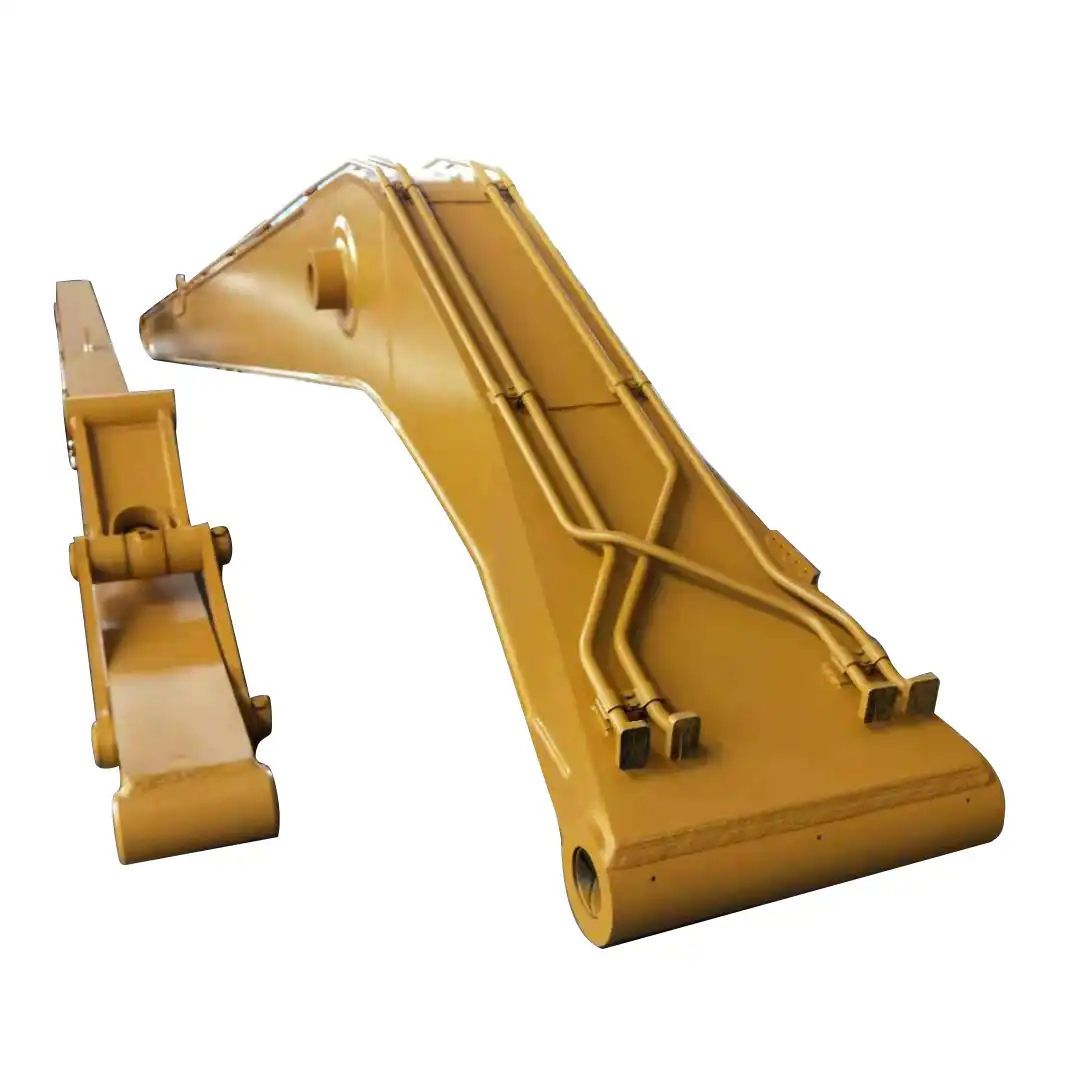 VIEW MORELong arm excavator for sale
VIEW MORELong arm excavator for sale VIEW MORELoader Tire Anti-Skid Track
VIEW MORELoader Tire Anti-Skid Track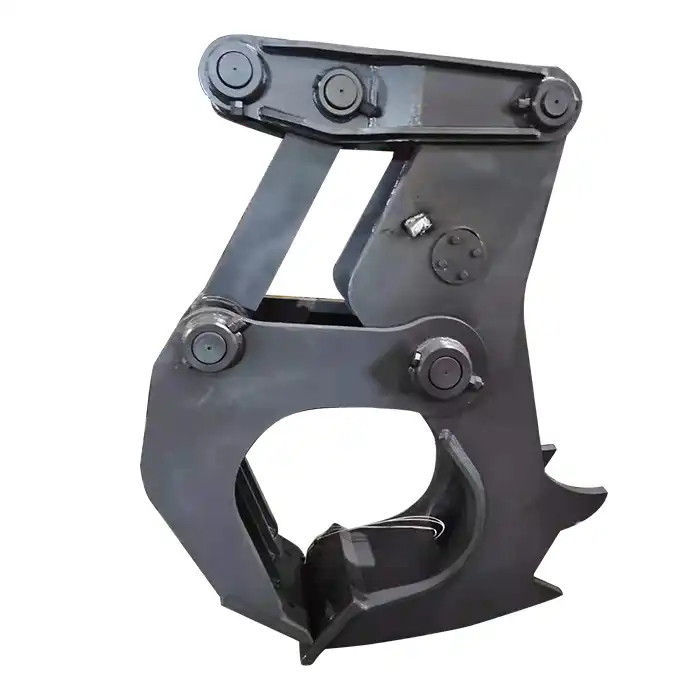 VIEW MOREExcavator Wood Splitter
VIEW MOREExcavator Wood Splitter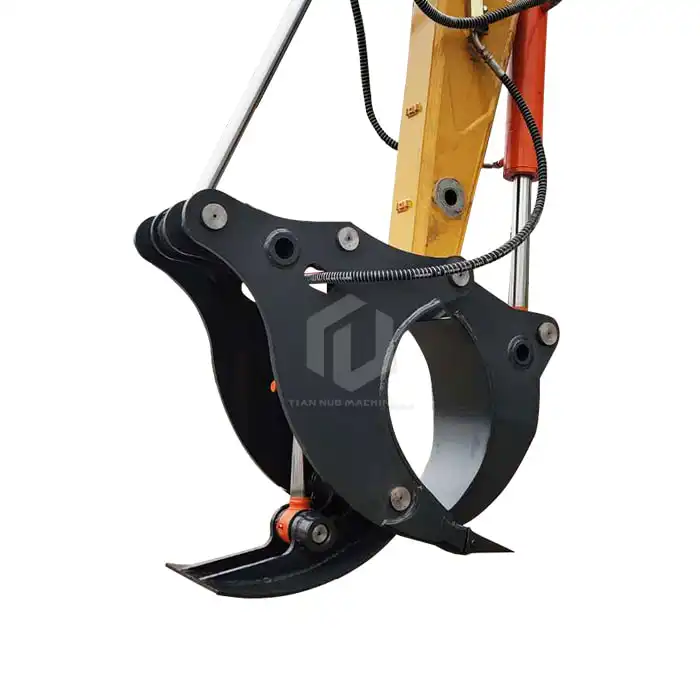 VIEW MOREExcavator Tree Stumper
VIEW MOREExcavator Tree Stumper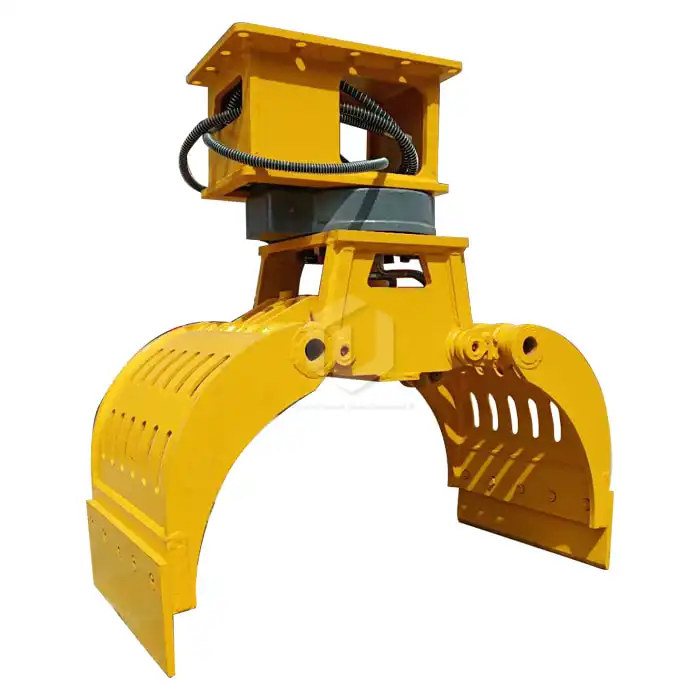 VIEW MOREExcavator Gripper
VIEW MOREExcavator Gripper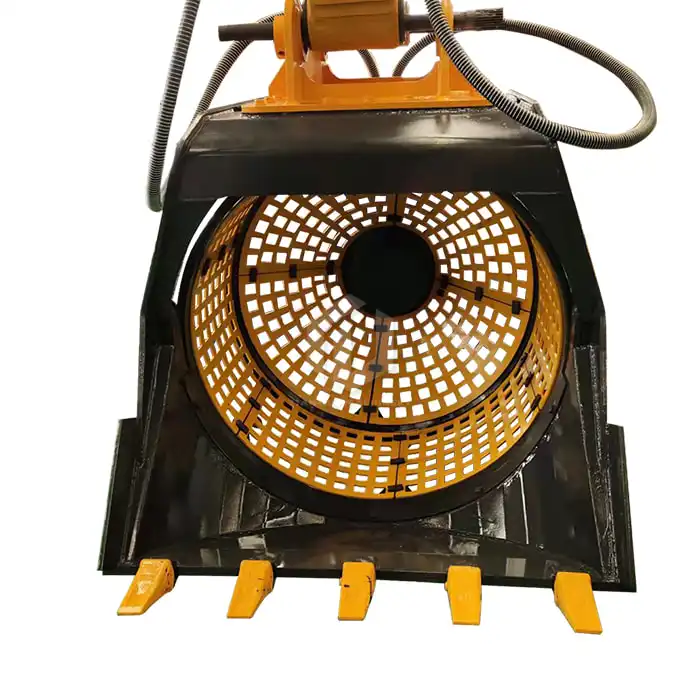 VIEW MOREExcavator Rotary Screening Bucket
VIEW MOREExcavator Rotary Screening Bucket VIEW MOREExcavator High Reach Demolition Long Boom And Arm
VIEW MOREExcavator High Reach Demolition Long Boom And Arm

